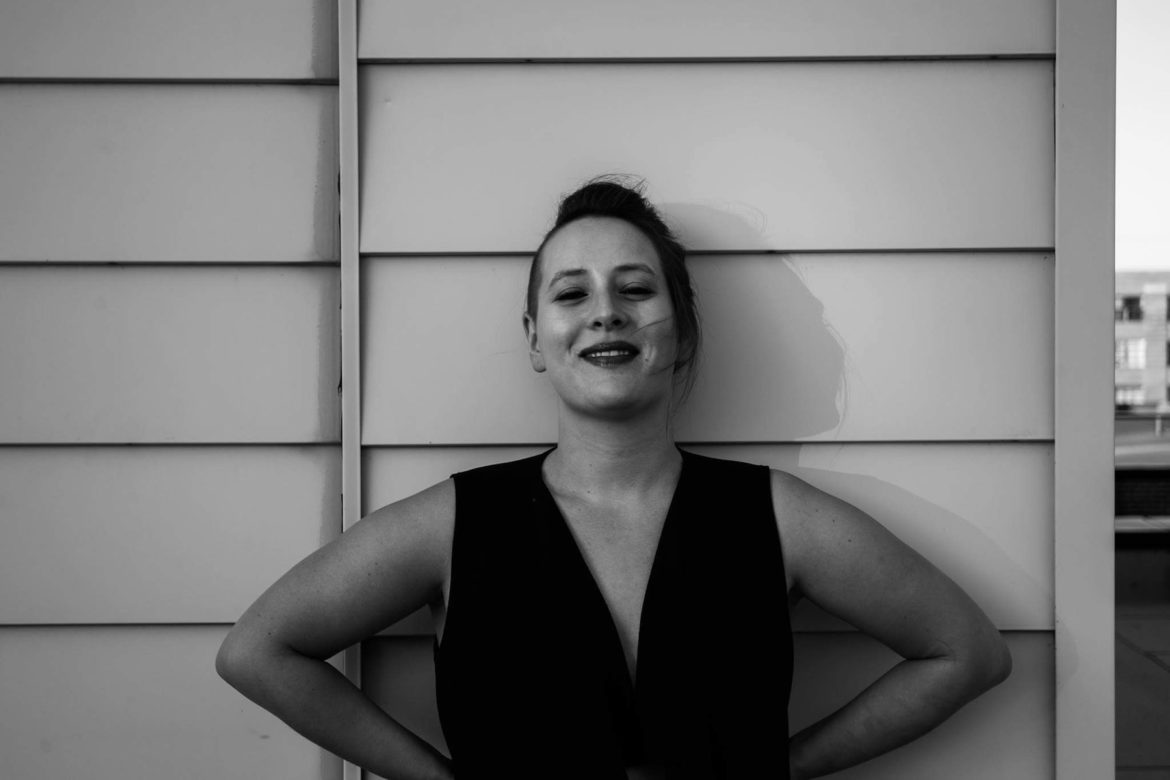Emily Campeau
Written by Emily Campeau on the 2nd of May 2019Now some people may say I am obsessed with Austria. These rumors are true. How can one country have so many grapes that are explicitly terroir sponges? I came to the Weninger winery as an intern because Blaufränkisch was screaming at me. Also because such incredible farming on a medium-sized estate is something I find impressive and romantic. Speaking with Franz Weninger about the different sites of the estates will take you on a roller-coaster ride of names (that I will later try to repronounce and fail miserably to the pleasure of my collegues), soil structures, dirty jokes, history and insight about some of the most iconic parcels of Mittelburgenland. All of this in one breath, the man doesn’t pause. I came here for Blau yes, but stayed for the enthusiasm about sharing knowledge, for the hospitality in the cellar (and the house), for the willingess that every person on this team has to help me understand the Weninger philosophy right to its core. I may as well never leave, who knows.

© Fannie-Laurence Dubé Dupuis
Tasting Notes
- Kalkofen 2015
Darkness, take my hand. I am scared and attracted by the dark. Kalkofen is so complex that it is almost scary. Everything about this wine is like diving in a deep cave filled with a mix of blue and purple fruits, dried herbs, a couple of new leather belts, one small dog and sunburnt bricks. All the elements you need to have a good party. Kalkofen is a powerful site, but was handled to have an earthiness that keeps you grounded coupled to a carefully knitted structure of tannins that stick to you just long enough for you to reach out to a piece of dry sausage in the fridge.
This wine is already showing its aging potential, it is built to last and to grow older with you. I’d have it tonight, in 5 years, in 10 years and will be happy every steps of the way.
- Kirchholz 2015
Whereas Kalkofen is a dark and twisted lover, Kirchholz is on the other hand a really good husband. It’s got shoulders to lie on, seriousness for when you need to be heard, frivolity for when you need to let go, purity, singularity and an open-mind. It’ll throw right back at you every once of love you give to it. This is not a light wine, but it might as well be considered the epiphany of Blaufränkisch.
Every part is in the right place.
Kirchholz seems to turn into a joyful fight between bright fruits, piercing acidity and a linear and clear tannic structure. The site was isolated in 2003 because it was speaking differently. Walking through the winery last night tasting all the fermenting wines, Kirschholz ‘18 had the same message to send: « i love you drink me ».
- Rózsa Petsovits
We had a bottle of this wine over dinner last night. I said, very simply put: « I want to drink a bottle of this wine eveyday. » I do have a reputation of drinking every winemaker I know under the table but that is not the reason why. When it comes to rosé, things can go in so many different ways, depending on stylistic decisions. This wine falls in the category of « dangerously drinkable ». It has generous fruit tightened by an underlying gentle amount of reduction.
It’s a cloudy wild beast that’ll make you blush.
It tastes like a good dinner on a given night in the middle of harvest. It fuels long conversations that go way too far into the night. I’d suggest always having two bottles on hands, because the first one tends to have a hole.
The Message in a Bottle is our wine subscription. Our aim here is to present to you an assortment of wines to enjoy, including interesting tasting notes from our guest authors. Our Message in a Bottle in autumn 2018 is presented by Emily Campeau, Sommelier at the Candide restaurant in Montreal, Canada. This harvesting season you’ll find her working with us in our cellar.